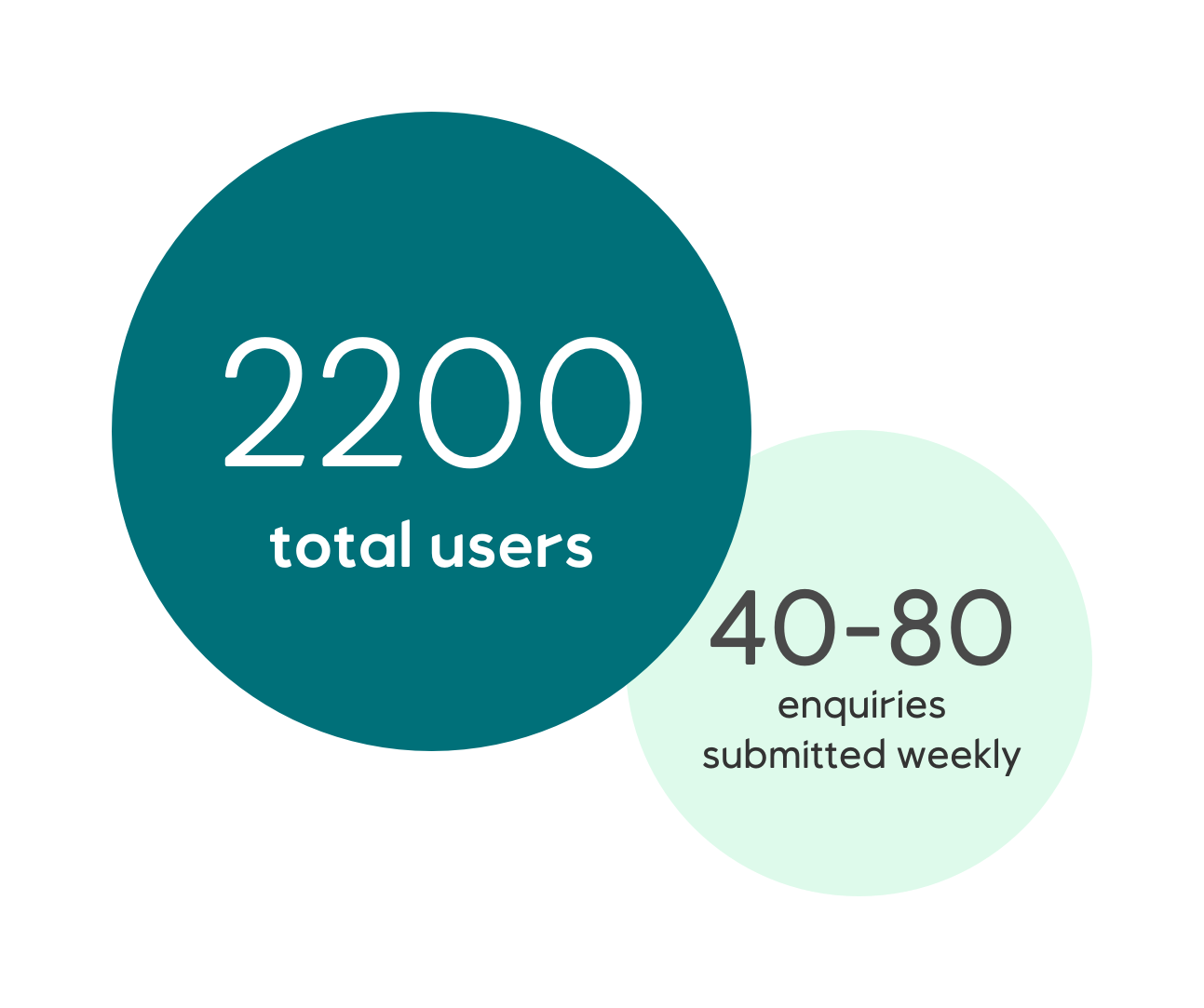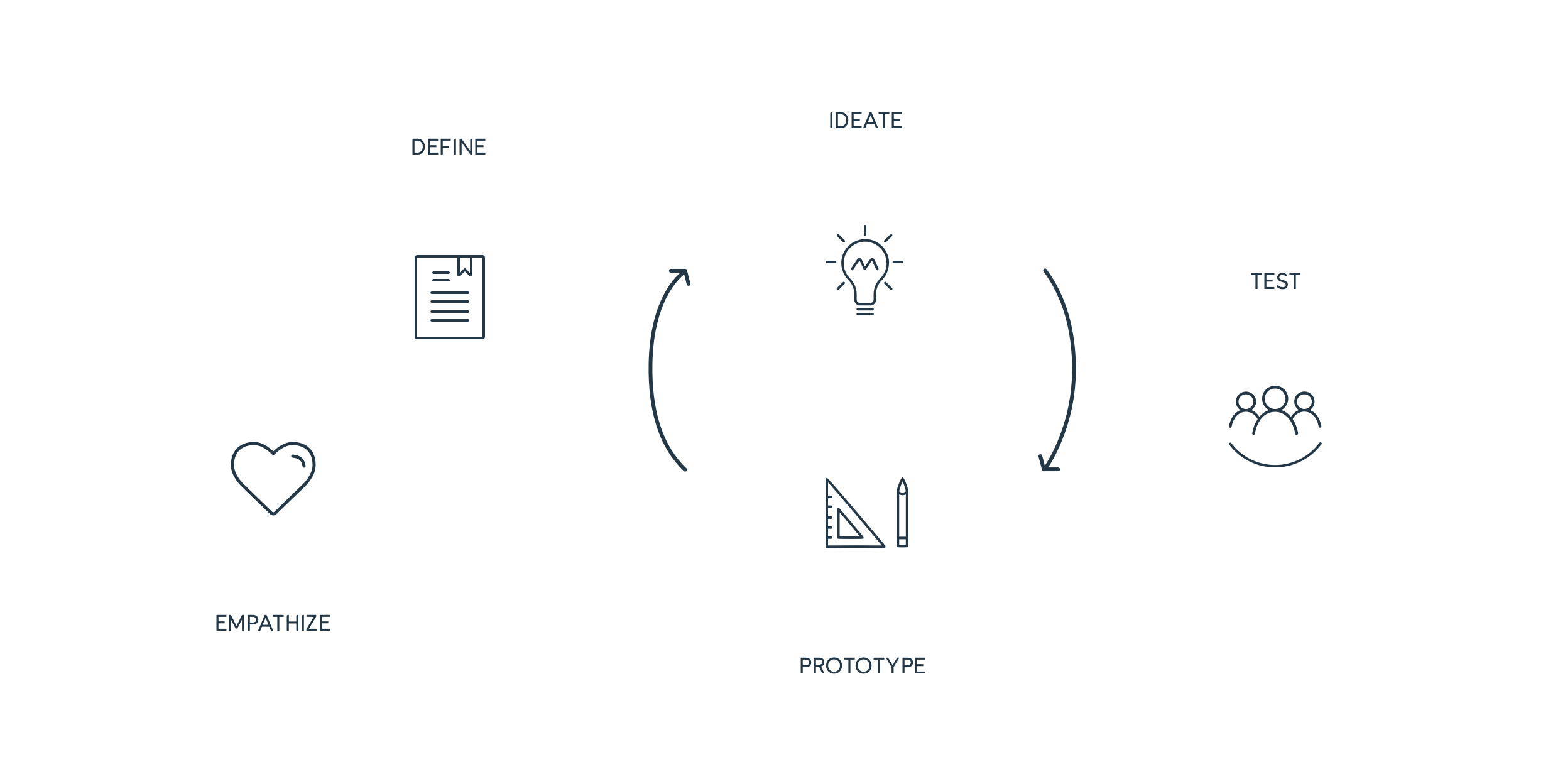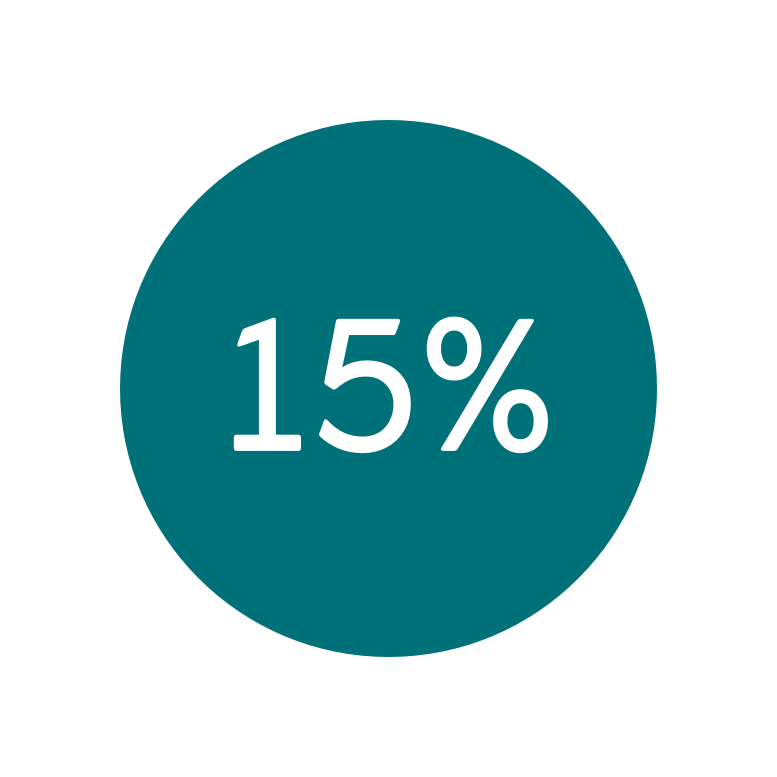
Creating Mobility
[REST] [React Native] [SAP] [GitHub] [Microsoft Azure]
When you’re creating an app in a matter of weeks, you need to build an efficient platform, observe users and challenge the mindset of your customers. The Mobility team have successfully done it all.
What do you need if you want to be able to create mobile apps swiftly, efficiently and properly? A well-functioning framework of course! Which is why Corporate IT assembled the “Mobile Avengers” – better known as the Mobility team.
Working out of Stavanger, they were tasked to break ground on a platform that would be able to quickly produce mobile apps for a variety of uses and business areas. Work started in September of 2016 and it didn’t take long for the first apps to be ready.
Like all great things, it all started with an idea – or in this case the GoDigital strategy. It soon became an Accelerated Digital Initiative and after the team, led by Lars Kåre Skjørestad, had established the technology they would use to run the platform on – work could really begin.
Now, they can have a working app within 3-4 weeks with the Mobility platform running off Microsoft Azure and React Native as well as communicating with SAP.
Apps created using Mobility

Please Inspect
Lets storage & maintenance operators complete maintenance inspections and submit SAP forms.

Lets Go Digital
Promoting digitization through an e-learning platform and creating awareness of digitization.

Country Information
Provides visitors with security guidelines and updates, as well as useful country information.

Operational Safety Dashboard
Provides users with an overview of operational security indicators for on-shore sites

Please Fix
Easily report issues with or faulty IT equipment by scanning the yellow barcode. The message is sent to support.

PIMS
Accessing status information for project portfolios and contacts.
Locating the first idea
Before they got to where they are today, they had to search for a good case to start off with. When product owner Petter Hermansen started the search, Please Fix was the first app out. Please Fix lets users scan the barcodes on faulty IT equipment and notifying support that there is an issue.
“This became our first case because it wasn’t very technically complex and featured very little risk. We were tasked with finding a case that featured both a viable idea as well as enabling us to build the platform. Basically, we were building apps while choosing a framework to build the apps on,” Hermansen says.

After completing Please Fix, the search for a new project began. Now, with the framework in hand, they were looking for a small, yet dedicated team of users to join them in development. Including users early in the development has been a goal of theirs right from the start.
"We wanted to go away from assumptions-based design and head into the world of design thinking, where we focus on the users and their actual needs instead of assuming what their needs were," Hermansen explains.
"Then we could apply cheaper methods to test various ideas through prototyping and working iterative towards the select group of dedicated users,” he adds
Design Thinking
Inspire your essential element of creativity with Design Thinking. Forget about collecting a lot of old, redundant data or make risky bets by instinct. Instead, focus on human behavior. Design Thinking means that doing is equally as viable as thinking. What’s never done is a worthless preposition.

Empathize
What’s the problem?
Become a researcher and learn about your audience and define your challenge.
Define
Why is it important?
Start observing and talk to people. Construct a point of view based on the user’s needs.
Ideate
How do you solve it?
Put on your thinking cap, brainstorm and come up with ideas - both good and bad.
Prototype & Test
How do we create it? And does it even work?
Be a creator and make a protoype, then learn what works or not from your users. Then iterate and improve.
Unearthing the real problem
They found their team of dedicated users at Equinor's storage facility in Ågotnes, Norway and could start working on the Please Inspect app. There, technical inspectors wanted an application that allowed them to complete maintenance checks and submit forms without having to be in front of a computer.
“While this was the problem they wanted to fix, we knew that there was probably a lot more to it. In order to find the best solution we have to be in touch with the user and understand the context the app will be used in."
Jon Jaatun, UX designer
Together with Petter Hermansen, Jaatun went to Ågotnes to watch the operator’s work. They followed them around, observed how they went about their day and asked questions about what they did, Hermansen explains:
“By asking these questions the users have to think about their own tasks. This often results in them being more observant to processes in their workflow that can be optimized:"
Additionally, they would get a lot of “bonus finds”.
"Most of the equipment in storage wasn’t labelled optimally, there were no barcodes that would identify the items or bring up the maintenance history," Hermansen says.
"Even though this wasn’t part of what we were tasked to do initially, it was an issue that ended up being resolved by the business,” he adds.

While working on Please Inspect meant they had to figure out a way to have apps communicate with a variety of tech. Previously, the operators had to manually enter info into SAP from their desktop but they wanted to integrate SAP into the app, which meant taking necessary safety precautions.
Solving this issue proved to be a leap forward and upward for the platform, since SAP integration opens up a variety of doors for other business areas. Now, Microsoft Azure is a key component in the platform, as well as React Native and REST.
"Observing the users at work really open your eyes to how little you actually know about the issue. It also lets you see how they use IT in real-life, which is very fascinating."
Petter Hermansen


A Minimum Viable Product – the Real MVP
After the visit to the storage facility, they could get to work on creating an app. Where others might meet once in awhile and go through bullet point lists of features but never see a working product until it’s finished, the Mobility team have a different approach entirely, Jaatun explains:
“The first thing we do after a visit like the one to Ågotnes is to create a simple and interactive prototype. By showing the prototype to the client at such an early stage, we’re able to see if this is going to help in solving their problem or not. Even if the first prototype isn’t perfect it’s a great tool to help move the discussion and work further ahead.”
The simple and interactive prototype is the first step towards creating a “minimum viable product” – or MVP among friends. Where sports fans are no strangers to the term, it’s also a very important part of the Mobility platform method.
While in the world of sports the MVP is the “most valued player” throughout the game, Mobility’s MVP is more like one of the first players on the field: it’s the most basic version of the app.
Where the prototypes display a variety of functionality, that might not even make it to the final version, the MVP is a working application. It might be basic and have limited functionality but it’s still capable of delivering value to the business, and is an invaluable tool in the process.
The MVP lays the groundwork for the the team to get out on the field and work their magic.
“The first prototypes together with the MVP are very valuable when it comes to a mutual understanding of what work is being done. Both from a designer and developer’s perspective, as well as the client. They can see what we’re doing and don’t have to wait until the project is finished to see the app."
Jon Jaatun
The team conducts weekly meetings with the client when working on an app, where they receive updates and can give feedback on the work that’s being done. This ensures that the client stays in the loop on what’s been done – or will be done – and can maintain close contact with the team throughout the process.
Then, the client can bring issues or functionality they might want to the table and the team can get cracking on making it happen. This agile approach makes sure that stuff gets done and while the team has different areas of expertise, they all contribute when and where they might be needed. After all, two heads think better than one.

Narrowing down the scope
Contrary to a more traditional approach to the work, the Mobility team will deliver the MVP prototype very early on.
“While it’s easy to talk about this approach it can be challenging when it comes to delivering on it. Getting the client to accept that they’ll have their delivery in stages instead of all at once can be a difficult task," Hermansen says.
But once they see that the train hasn’t left the station - it’s just the first iteration and that more is on the way - clients are more open to it.
"And even more so when they see that the changes or functionality they need is being implemented. But it can be both a quite fun yet a little frustrating journey at times,” Hermansen laughs.
“Creating the technology is one thing but the approach to the work and the methods we apply are just as important.”
Petter Hermansen
“All the different sites work in slightly different ways and we wanted to get a MVP working for one facility before showing it to others. Then, we could show the app to another facility, show them what we had already done and then ask if it could be a good fit for them.”
Some of the other facilities even changed the way they work in order to have the app work for them.
“They might not have done this if they were included in the project right off the bat. Even though it initially was a lot of work aimed at a small group of users it was worth it in the end. We constantly have a wider scope in mind but we always scale the work down in order to get the best results,” Hermansen says.
With Please Inspect they began to create an app for no more than 7-8 users and they purposefully “ignored” other similar sites during the initial process.
Key potentials

increased productivity using PleaseInspect.
The best way to do it
Please Inspect is one of 6 apps currently running on the Mobility platform and the order came from Egil Kvam Randeberg. He’s the SMMC project leader and his focus is improving the maintenance and inspection process of subsea equipment. He doesn’t regret getting into business with the Mobility team.
“I’m convinced that the best way to create customized and specialized apps is through a mutual framework like Mobility. Including a small group of users early on and having a lean approach is essential. After all, we want to make the user’s work easier and help facilitate a better workflow.”
Egil Kvam Randeberg
Production of Please Inspect took a while longer than it would have taken now since they had to create the framework for communicating with SAP. Now, with the app complete and in full use, Randeberg has already got several other projects planned and in the works together with the Mobility team.
“Through Mobility we can have specialized solutions delivered swiftly and efficiently. The team understands our issues and have the know-how to find a solution fast. In my situation, this way of working means everything. The apps are intuitive, easy to use and our inspectors using it are very happy with the product,” he says.
“We need more of this way of doing work,” Randeberg adds.

Moving Mobility further ahead
With satisfied users and customers behind them, the team is hard at work moving forward. Now, they even have a visiting team member from other parts of GBS IT. The LCI department in GBS IT PLA wanted to create an app of their own that could communicate with Procosys. Instead of merely requesting the app and taking ownership of it at the end, they decided to join the team temporarily.

“They sent one of their own to work with us in developing the app. Through this, he’ll be able to learn both the technology that the app is running on and our working method. He’ll also have all the required knowledge to take back to his own team,” Hermansen explains.
Additionally, the team is working on an app for the Åsta Hansteen project. While they haven’t been able to meet the workers on-site yet, the team have had meetings and workshops in order to figure out what functionality they’ll need for their apps.
“With the reduced crew that will be working on the oil rig, mobile solutions will be more important than ever,” Hermansen says.
He believes there is a wind of change throughout the company and that IT needs to change the way they do things in order to keep up with the times. Hermansen wants to craft more user-oriented solutions with a minimum viable product as an essential piece. Then, with the MVP in hand, they can scale the solution to fit larger audiences.
“This way we won’t realize that our surroundings or the problems we were tasked to solve have changed, while we were busy analyzing or assessing how to do this. Speedy deliveries, an MVP and design thinking are very important aspects to us.”
“We want people to both learn the technology and experience our methods, take it back to their own team and then take it further. For us, it’s all about spreading knowledge of the technology as well as our method to others outside of Software Innovation and GBS.”
Petter Hermansen
Want to stay updated on Loop?
People

Jon Jaatun

Bjarte Andre Bø

Dagfinn Parnas

Egil Kvam Randeberg

Petter Hermansen